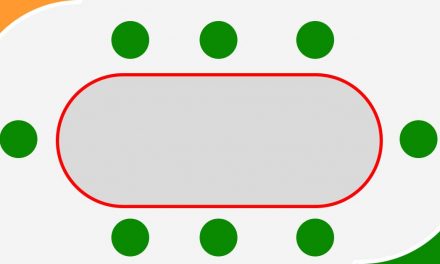A check raise is one of the most exciting move in poker and happens when a player checks on the flop and then after a bet made by an opponent he raises showing strength in the hand.
Funny, isn’t it? Let’s try to master this technique, especially considering how good it applies when it comes to bluff!
Check raise: for value or in bluff?
There are two main reasons to check-raise over a flop: either you have a very strong hand or you want to scare your opponents away.
- Check-raise for value: your opponent raised preflop and you called with 33. The flop came 3KJ, you do check and your opponent bets. If he has a strong draw, Aces or a Kx type of hand, he’ll be in an hard spot because you are showing much interests in the hand and he’ll hardly fold his pair. The pot will get bigger and there’s a lot of extra value for you to take
- Check raise in bluff: your opponent raised preflop and you called with a very speculative hand such as 9s8s. The flop came Ts5h4d, you check, your opponent bets and you raise. On a dry board such this you are representing a very strong hand and even with AT or 99 type of hand, he’d be in trouble deciding what to do. On a note, if you decide to check raise in bluff, it’s better to have at least a piece of the board like a backdoor. In the example below, the raise is in a pure bluff, but you could still high a straight or a flush runner runner. It’s not much, but if the turn falls as spades or a 7, it will give you more equity and a reason to keep on being aggressive on the next street.
There are flops where you do not want to check raise instead.!
With 33 you hit a set (does it worth calling for set mining?) on a board like 35A rainbow. On a very dry flop with an Ace, which might be in the preflop raise range of your opponent, there’s no need to show strength; consider check-raising the boards with a balanced range, so avoid check-raising every time you have a strong hand and do not check-raise in bluff too often cause if it’s spotted by your opponent it might be a very expensive mistake.
Styles do matter
if you opponent is the type of player who’s very aggressive preflop and performs a continuation bet 4 times out of 5, then you definitely want to add a bluffing range in your check-raise dynamics, if instead you are facing a player very tight, who gets himself involved in less than 10% of the hands, if he has raised preflop and shown interest on the flop, you might want to cut all the bluff off and decide to call whether you have a strong hand or fold, when you have missed the board completely.






